3 Reasons Why We Are Not Heading Toward Another Housing Crash
With home prices softening, some are concerned that we may be headed toward the next housing crash. However, it is important to remember that today’s market is quite different than the bubble market of twelve years ago.
Here are three key metrics that will explain why:
- Home Prices
- Mortgage Standards
- Foreclosure Rates
HOME PRICES
A decade ago, home prices depreciated dramatically, losing about 29% of their value over a four-year period (2008-2011). Today, prices are not depreciating. The level of appreciation is just decelerating.
Home values are no longer appreciating annually at a rate of 6-7%. However, they have still increased by more than 4% over the last year. Of the 100 experts reached for the latest Home Price Expectation Survey, 94 said home values would continue to appreciate through 2019. It will just occur at a lower rate.
MORTGAGE STANDARDS
Many are concerned that lending institutions are again easing standards to a level that helped create the last housing bubble. However, there is proof that today’s standards are nowhere near as lenient as they were leading up to the crash.
The Urban Institute’s Housing Finance Policy Center issues a quarterly index which,
“…measures the percentage of home purchase loans that are likely to default—that is, go unpaid for more than 90 days past their due date. A lower HCAI indicates that lenders are unwilling to tolerate defaults and are imposing tighter lending standards, making it harder to get a loan. A higher HCAI indicates that lenders are willing to tolerate defaults and are taking more risks, making it easier to get a loan.”
Last month, their January Housing Credit Availability Index revealed:
“Significant space remains to safely expand the credit box. If the current default risk was doubled across all channels, risk would still be well within the pre-crisis standard of 12.5 percent from 2001 to 2003 for the whole mortgage market.”
FORECLOSURE INVENTORY
Within the last decade, distressed properties (foreclosures and short sales) made up 35% of all home sales. The Mortgage Bankers’ Association revealed just last week that:
“The percentage of loans in the foreclosure process at the end of the fourth quarter was 0.95 percent…This was the lowest foreclosure inventory rate since the first quarter of 1996.”
Bottom Line
After using these three key housing metrics to compare today’s market to that of the last decade, we can see that the two markets are nothing alike.
3 Reasons Why We Are Not Heading Toward Another Housing Crash

With home prices softening, some are concerned that we may be headed toward the next housing crash. However, it is important to remember that today’s market is quite different than the bubble market of twelve years ago.
Here are three key metrics that will explain why:
- Home Prices
- Mortgage Standards
- Foreclosure Rates
HOME PRICES
A decade ago, home prices depreciated dramatically, losing about 29% of their value over a four-year period (2008-2011). Today, prices are not depreciating. The level of appreciation is just decelerating.
Home values are no longer appreciating annually at a rate of 6-7%. However, they have still increased by more than 4% over the last year. Of the 100 experts reached for the latest Home Price Expectation Survey, 94 said home values would continue to appreciate through 2019. It will just occur at a lower rate.
MORTGAGE STANDARDS
Many are concerned that lending institutions are again easing standards to a level that helped create the last housing bubble. However, there is proof that today’s standards are nowhere near as lenient as they were leading up to the crash.
The Urban Institute’s Housing Finance Policy Center issues a quarterly index which,
“…measures the percentage of home purchase loans that are likely to default—that is, go unpaid for more than 90 days past their due date. A lower HCAI indicates that lenders are unwilling to tolerate defaults and are imposing tighter lending standards, making it harder to get a loan. A higher HCAI indicates that lenders are willing to tolerate defaults and are taking more risks, making it easier to get a loan.”
Last month, their January Housing Credit Availability Index revealed:
“Significant space remains to safely expand the credit box. If the current default risk was doubled across all channels, risk would still be well within the pre-crisis standard of 12.5 percent from 2001 to 2003 for the whole mortgage market.”
FORECLOSURE INVENTORY
Within the last decade, distressed properties (foreclosures and short sales) made up 35% of all home sales. The Mortgage Bankers’ Association revealed just last week that:
“The percentage of loans in the foreclosure process at the end of the fourth quarter was 0.95 percent…This was the lowest foreclosure inventory rate since the first quarter of 1996.”
Bottom Line
After using these three key housing metrics to compare today’s market to that of the last decade, we can see that the two markets are nothing alike.
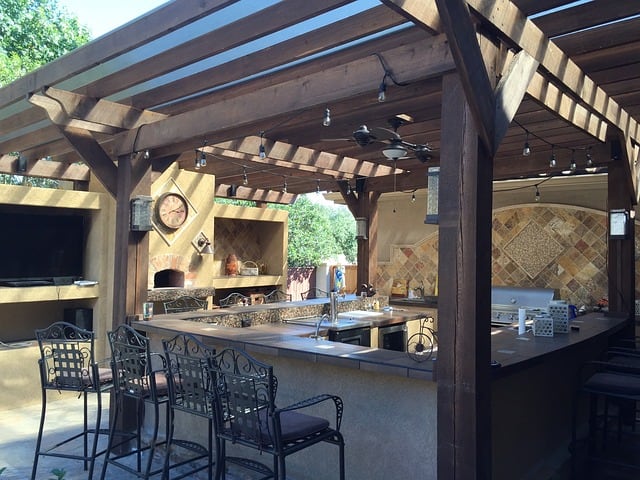
BIOPHILIC DESIGN 101 — A BRIEF OVERVIEW
As the luxury real estate market continues to evolve, buyers and sellers are increasingly looking for ways to create homes that are not only beautiful and functional, but also promote health and well-being. One trend that has emerged in recent years is biophilic...
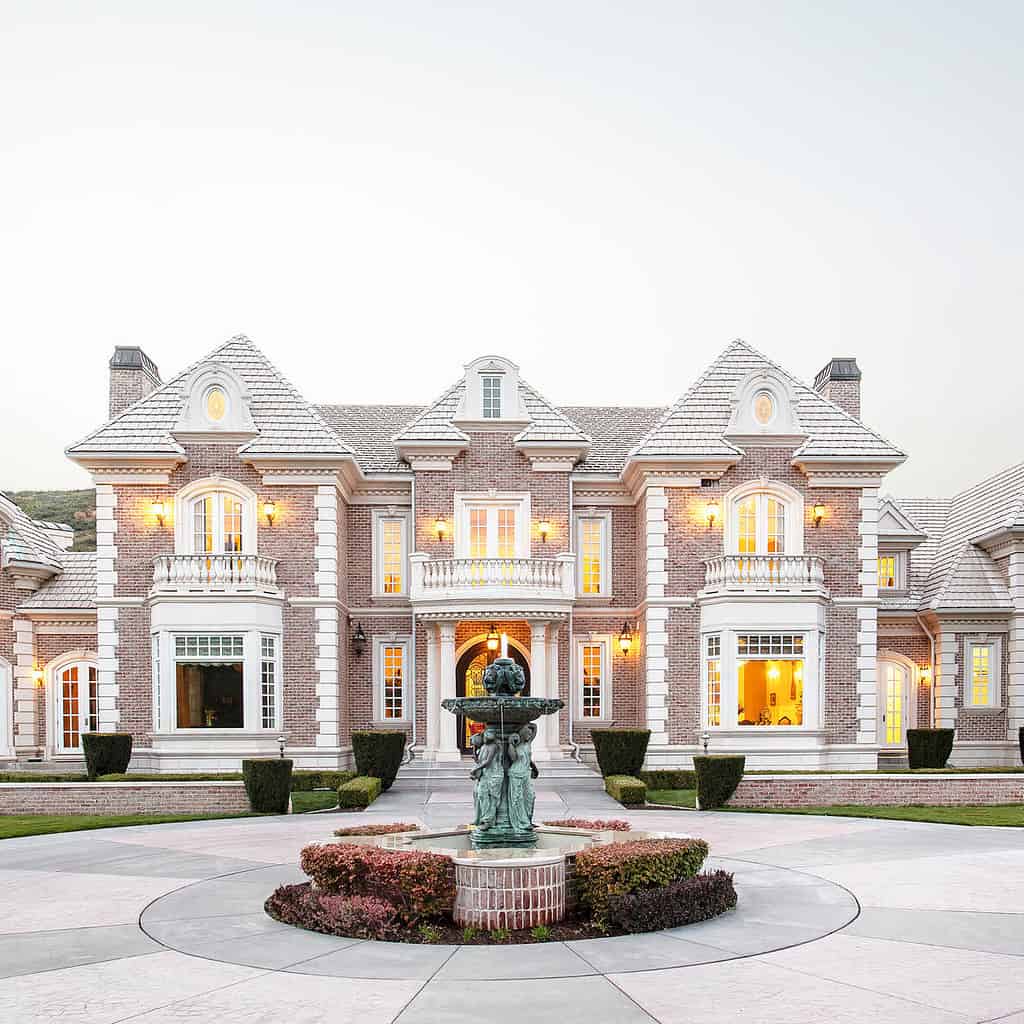
When Showcasing My luxury Property, What Are The Best Options?
As a luxury real estate agent, I know that presentation is everything. When it comes to showcasing a luxury property, there are several options available, including staging, video tours, and photo tours. Each of these options has its own advantages and disadvantages,...
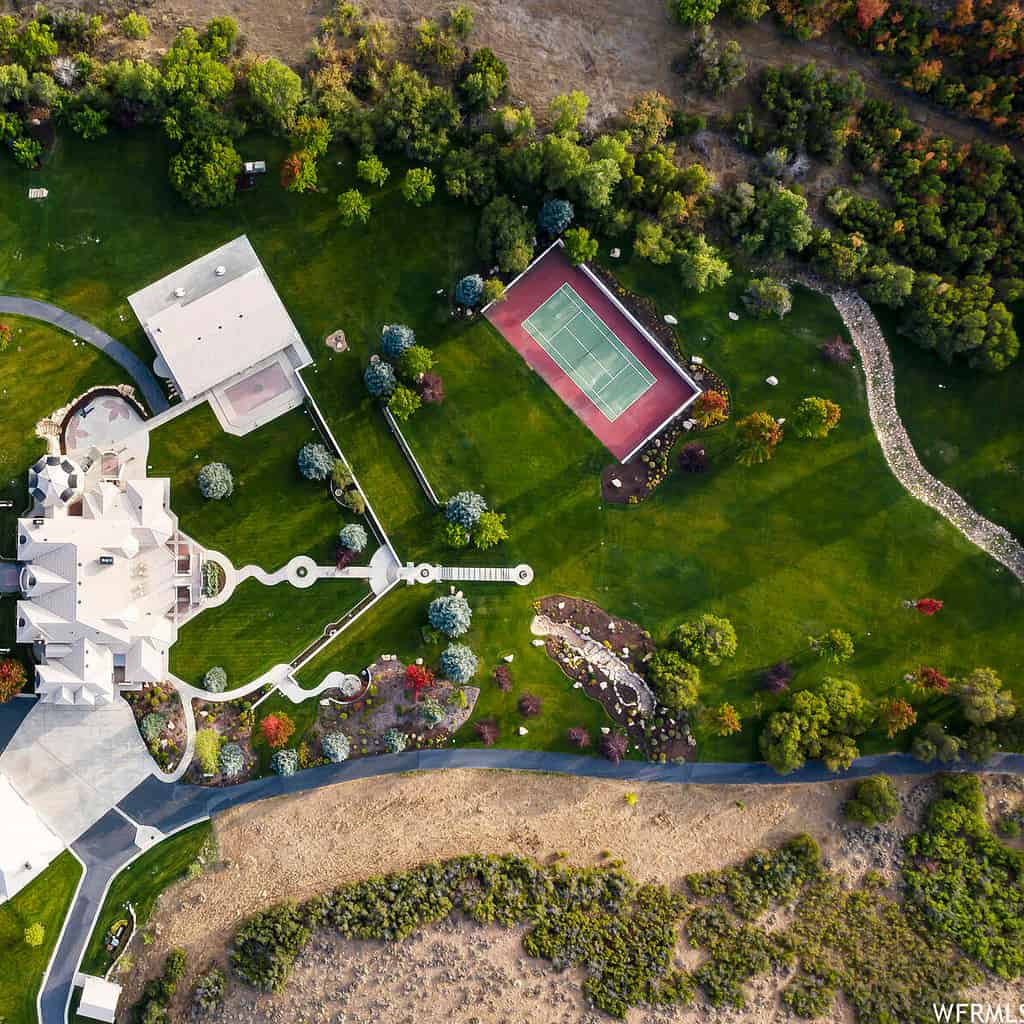
About Luxury Homes in Utah
About Luxury Homes in Utah Utah is a state known for its natural beauty, outdoor recreation, and friendly communities. It's also home to some of the most luxurious properties in the country. If you're in the market for a high-end home in Utah, you're in luck. Here's a...
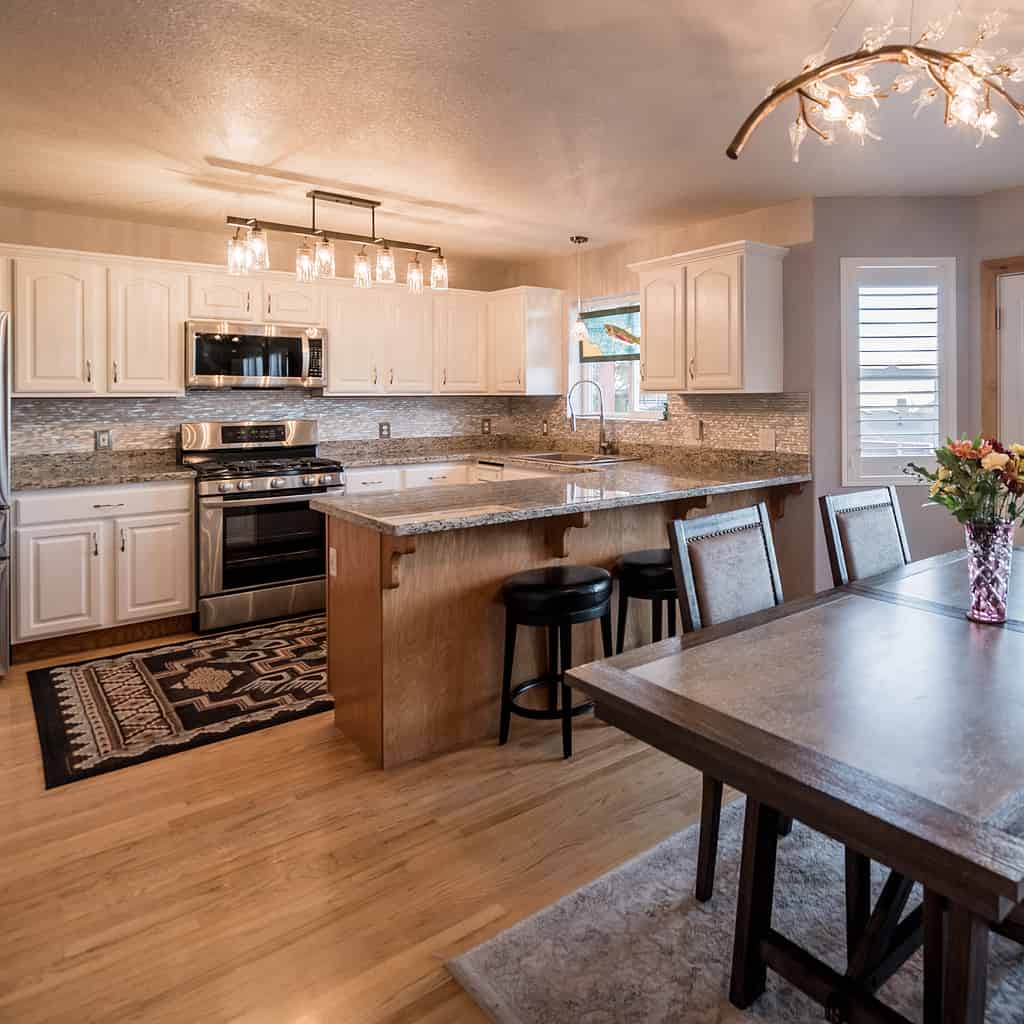
Should you Stage your home in order to sell it?
Should you Stage your home in order to sell it? Staging your home can be a great way to make it more appealing to potential buyers and increase your chances of selling it quickly and for a higher price. Staging involves arranging furniture and decor in a way that...

Falling out of Love with Your House? It May Be Time To Move.
Falling out of Love with Your House? It May Be Time To Move. Owning a home means having a place that’s solely your own and provides the space, features, and location you and your loved ones need. But what happens when your needs change? If this hits home for you, it...
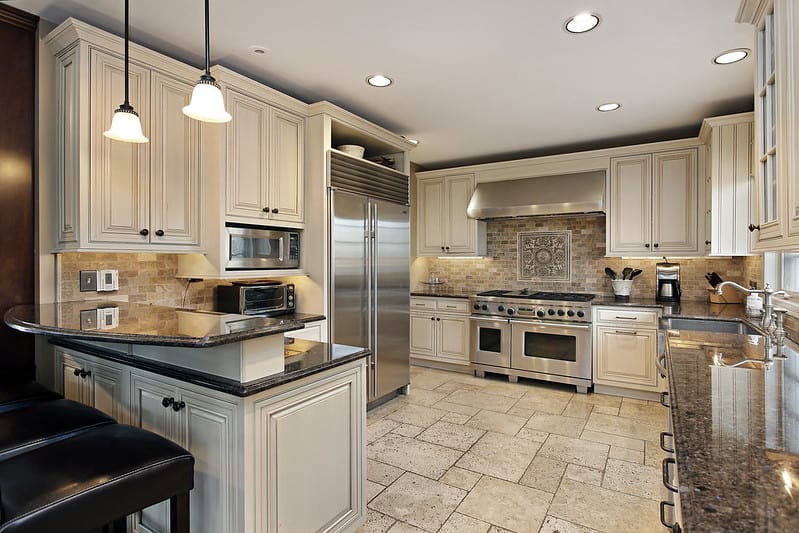
Why luxury home buyers are moving to Utah
Why Are Luxury Home Buyers Moving to Utah? Utah has become a popular destination for luxury home buyers in recent years. The state's natural beauty, booming economy, and high quality of life are just a few of the reasons why people are flocking to the area. One...
Top must haves luxury home buyers like the most
Top must haves luxury home buyers like the most Smart home technology: This refers to a variety of features that allow homeowners to control various aspects of their home through their smartphone or other devices. Examples include smart thermostats, lighting systems,...

What do luxury home buyers want in an outdoor kitchen?
What do luxury home buyers want in an outdoor kitchen? According to industry experts, luxury home buyers are looking for outdoor kitchens that offer a seamless transition from indoor to outdoor living spaces. They want kitchens that are functional, stylish, and...
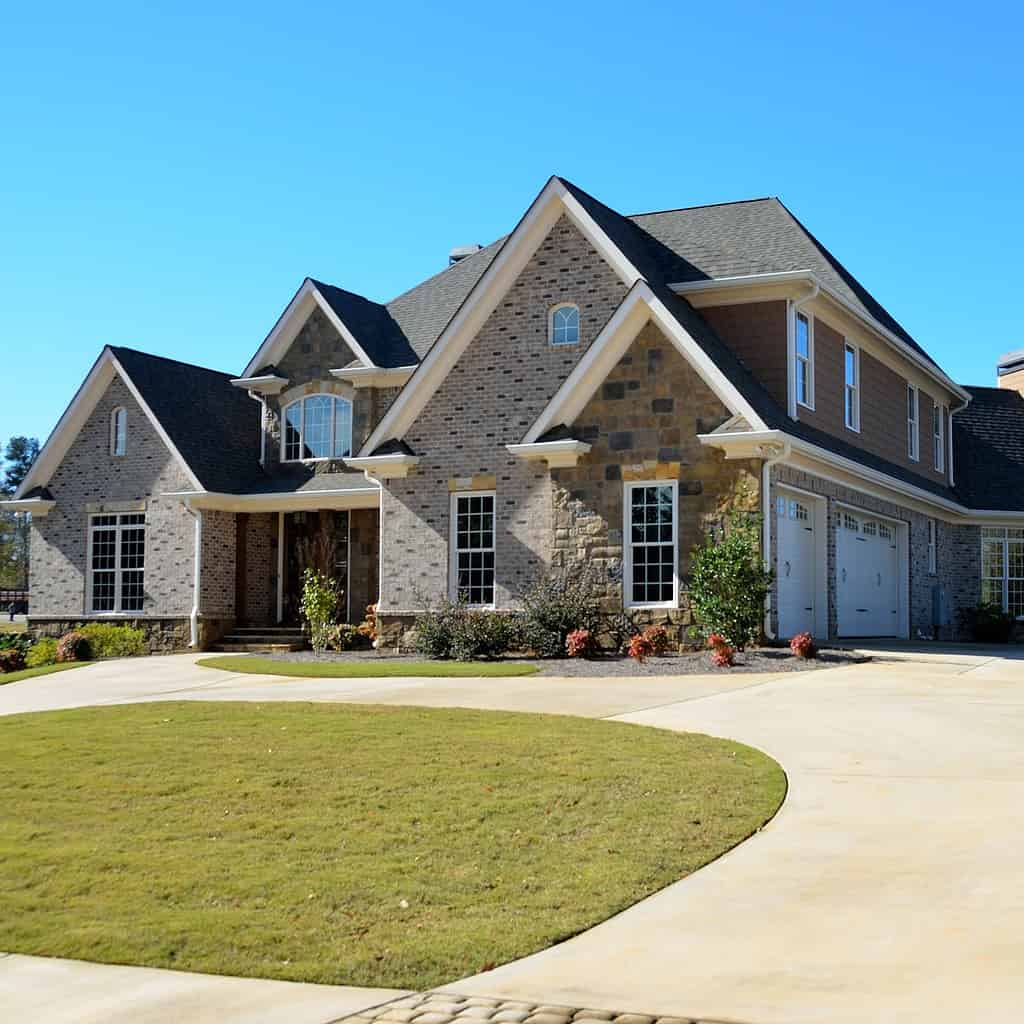
Insights on the luxury real estate demand for 2023
Insights on the luxury real estate demand for 2023. According to industry experts, the demand for luxury real estate is expected to continue to grow in the coming years. This is due to a number of factors, including the increasing number of high net worth individuals,...
List of features that luxury home buyers typically look for in a home:
List of features that luxury home buyers typically look for in a home: 1. Location: Luxury home buyers often look for homes in prime locations, such as waterfront properties, gated communities, or exclusive neighborhoods. 2. Size: Luxury homes are typically...
